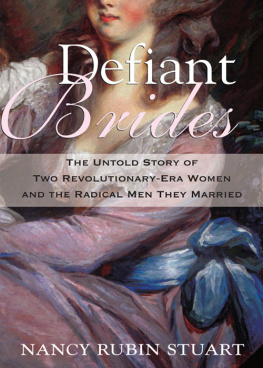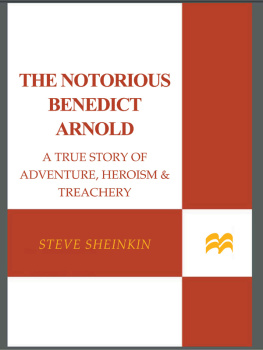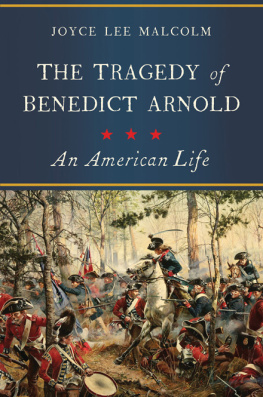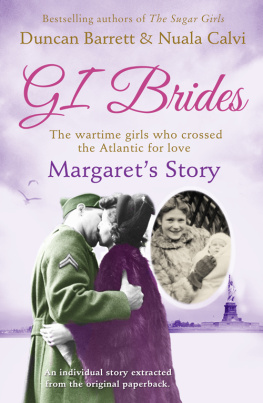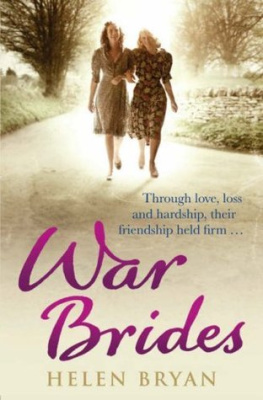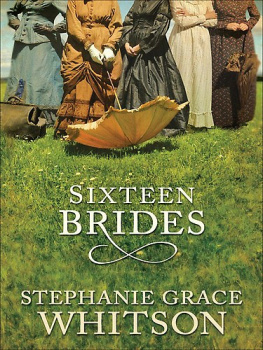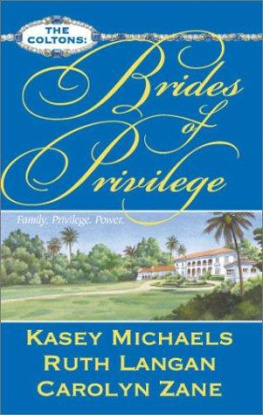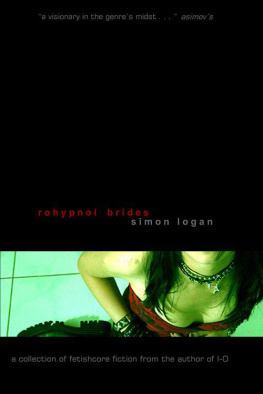ALSO BY NANCY RUBIN STUART
The Muse of the Revolution:
The Secret Pen of Mercy Otis Warren and
the Founding of a Nation
The Reluctant Spiritualist:
The Life of Maggie Fox
American Empress: The Life and Times
of Marjorie Merriweather Post
Isabella of Castille:
The First Renaissance Queen
The Mother Mirror: How a Generation of
Women Is Changing Motherhood in America
The New Suburban Woman:
Beyond Myth and Motherhood

Mrs. Margaret (Peggy) Shippen Arnold

Mrs. Henry Knox

Beacon Press
25 Beacon Street
Boston, Massachusetts 02108-2892
www.beacon.org
Beacon Press books are published under the auspices of the Unitarian Universalist Association of Congregations.
2013 by Nancy Rubin Stuart
All rights reserved
Printed in the United States of America
Text design and composition by Kim Arney
Spelling and punctuation modernizations appear in certain quotations to enhance readability.
Library of Congress Cataloging-in-Publication Data
Rubin Stuart, Nancy.
Defiant brides : the untold story of two revolutionary-era women and the radical men they married / Nancy Rubin Stuart.
p. cm.
Includes bibliographical references and index.
eISBN: 978-0-8070-0118-9
ISBN 978-0-8070-0117-2 (hardcover : alk. paper)
1. Arnold, Margaret Shippen, 17601804. 2. Knox, Lucy Flucker, 17601824. 3. Arnold, Benedict, 17411801. 4. Knox, Henry, 17501806. 5. United States HistoryRevolution, 17751783Biography. I. Title.
E278.A72R83 2012
973.309252dc23
2012027734
A NOTE ON CURRENCY
TO UNDERSTAND CURRENCY VALUES of late-eighteenth-century Colonial America and Great Britain in contemporary terms, I offer the following rough methods: to convert late-eighteenth-century American dollars to contemporary American dollars, multiply the figure by 25; to convert late-eighteenth-century British pounds, multiply the figure by 150. For the former conversion, I relied upon the website MeasuringWorth and for the latter on Pounds Sterling to Dollars: Historical Conversion of Currency, maintained by Eric Nye of the University of Wyoming. Both conversions are approximations since monetary values changed during the years described in Defiant Brides.
NRS
LIST OF INTERNAL PICTURES
| FRONTISPIECE | Mrs. Margaret (Peggy) Shippen Arnold. Courtesy of the Historical Society of Pennsylvania (HSP). Mrs. Margaret (Peggy) Shippen Arnold (DAMS 2819), Shippen Family collection of prints and portraits (3127). Mrs. Henry Knox. Silhouette by unknown artist, circa 1790. From Silhouette Collection. Silhouette number 1.51. Courtesy of the Massachusetts Historical Society. Authors note: This silhouette of Lucy Flucker Knox is the only historically authentic image known to date. |
| CHAPTER 2 | Henry Knox, 17501806. Engraving by Hezekiah Wright Smith, ca. 17831790. Permission of the Print Collection, Miriam and Ira D. Wallach Division of Art, Prints, and Photographs, New York Public Library, Astor, Lenox, and Tilden Foundations. |
| CHAPTER 3 | Col. Arnold Who Commanded the Provincial Troops Sent to Quebec Through the Wilderness of Canada and Was Wounded in Storming that City Under General Montgomery, by Thomas Hart, print by William Abbatt, Tarrytown, New York, issued in London March 26, 1776. Permission of the Miriam and Ira D. Wallach Division of Prints and Photographs, New York Public Library. |
| CHAPTER 7 | Major John Andr. Self-portrait. Etching by J. K. Sherwin, 1784. Permission of the Print Collection, Miriam and Ira D. Wallach Division of Art, Prints, and Photographs, New York Public Library, Astor, Lenox, and Tilden Foundations. |
| CHAPTER 9 | Portrait of Margaret Shippen Arnold and Child, by Daniel Gardner, c. 17831784. Courtesy of the Philadelphia History Museum at the Atwater Kent Museum, Historical Society of Pennsylvania Collection. |
PREFACE
LOVE STORIES FROM EIGHTEENTH-CENTURY America are rare and often fragmented. Fortunately enough of the correspondence of Lucy Flucker Knox (17561824) and Margaret (Peggy) Shippen Arnold (17601804) has been preserved to trace their controversial marriages and dramatic lives.
Born four years apart to wealthy parents in preRevolutionary Boston and Philadelphia, Lucy and Peggy were intelligent, well-educated girls. As each developed into an attractive teenager in the mid-1770s, the political ferment of the American Revolution reached the boiling point. In the midst of that turmoil, both might have married men of their privileged class and led docile, if historically invisible, lives.
Thankfully that did not happen. As the title of this double biography, Defiant Brides: The Untold Story of Two Revolutionary-Era Women and the Radical Men They Married, implies both teenagers bucked social convention. One married radical patriot and poor bookseller Henry Knox in 1774; the other wed the then-military hero Benedict Arnold in 1779. Coupled with the young womens fateful marriages was their feistiness. Under different circumstances, Lucy and Peggy might have become friends.
For generations, the books devoted to the Founding Fathers and the Revolutions military leaders have dismissed both women as mere footnotes to history, either as laughable or trivial helpmates married to Knox and Arnold. A close examination of their lives tells quite a different story, revealing Lucy and Peggy as remarkably resilient women who intimately witnessed and participated in the Revolutions turbulent course. The same spirit that impelled the annually pregnant Lucy to follow Henry Knox through the Revolutions army camps also drove her mirror opposite, Peggy, to support Arnolds betrayal of America and subsequently troubled life in England and the loyal colonies in North America later known as Canada.
Superficially Lucys patriotism seems as commendable as Peggys treason is condemnable. Yet that is not quite fair. For all our glorification of its origins, the Revolution was not universally supported by the American colonists. An estimated one-third of those living in Americas thirteen states in the years following the Battle of Lexington and Concord doubted the wisdom of independence from the mother country. Some citizens remained Loyalists. Others, unnerved by the economic hardships of the war, hedged, declaring themselves neutralists. It was thus natural that as an enamored eighteen-year-old bride, Lucy would side with her husband, Henry Knox, to support the American Revolution. It was equally understandable that the teenaged Peggy Shippen would sympathize with her politically disappointed bridegroom, Benedict Arnold, to betray America to the British.
That twinned blend of youthful defiance and dedication to their men, though a hallmark of adolescent passion in any age, drew me to research the lives of Lucy Flucker Knox and Peggy Shippen Arnold in the context of the American Revolution. At first I suspected that the two women must have met. Arnold, after all, had gallantly escorted Lucy and her toddler from New Haven in late spring 1778 to join her husband in Valley Forge. Eight months later, Henry Knox rode to Philadelphia to meet with Congress. From there he enthusiastically wrote his brother about Arnolds engagement to the wealthy, beautiful, and accomplished Peggy Shippen. Lucy, however, had not accompanied him; then in the last weeks of pregnancy, she had remained in the Knoxes temporary home near the Middlebrook army camp. As their lives diverged, the two women had no other occasion to meet, although they knew about each other through their husbands. Nor have letters between Lucy and Peggy subsequently been discovered.

